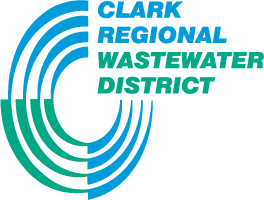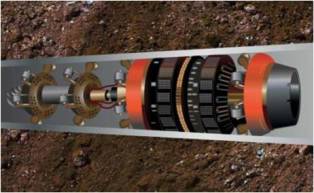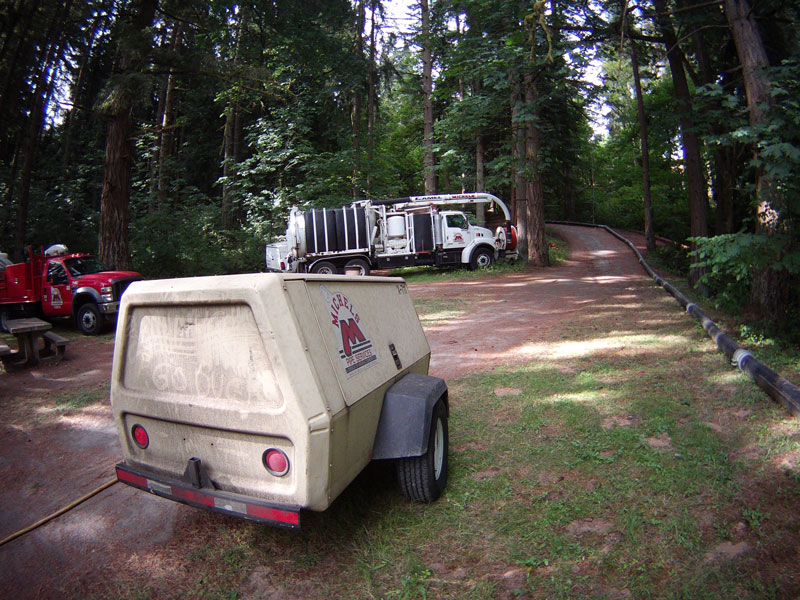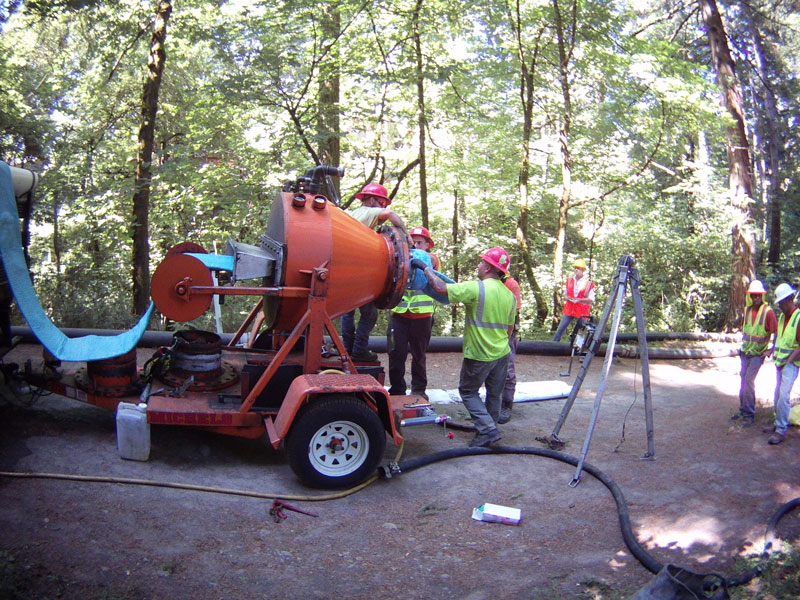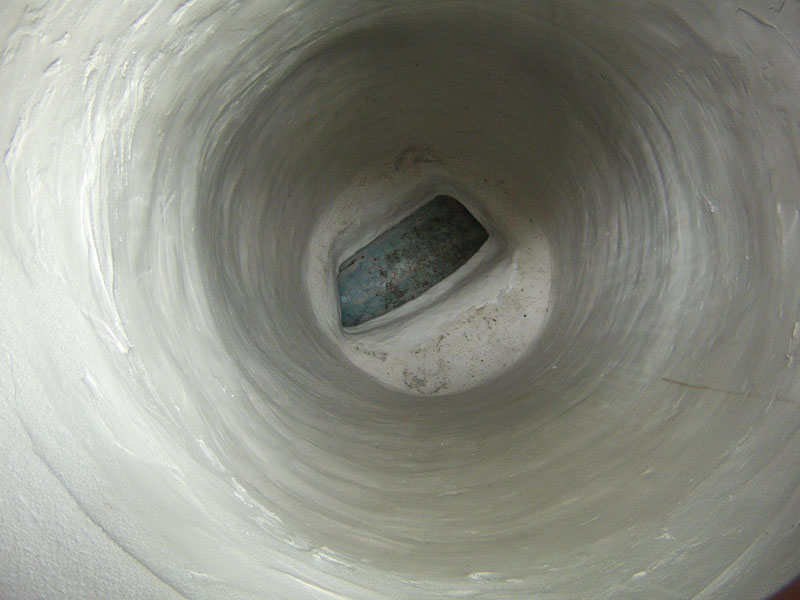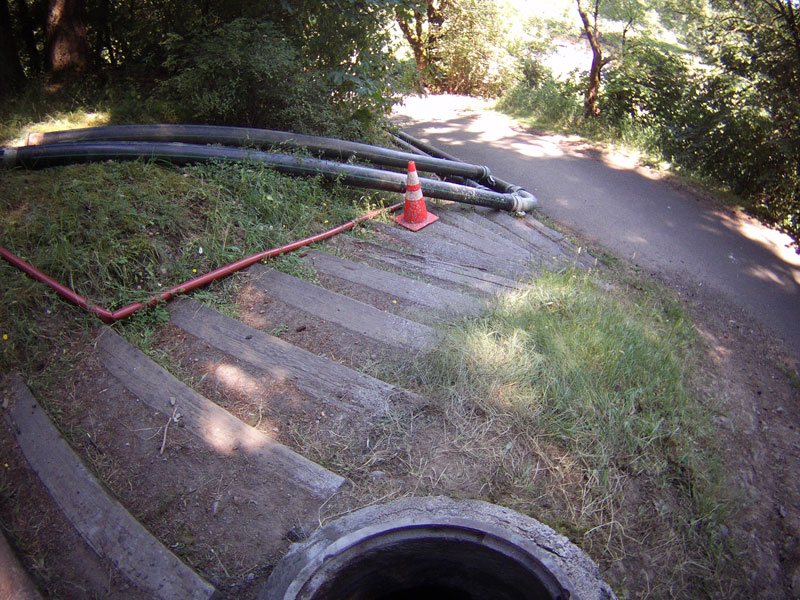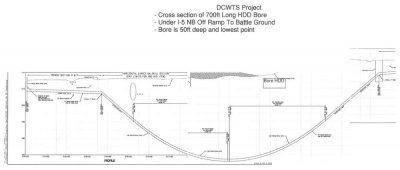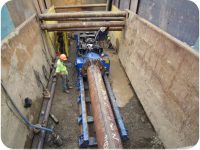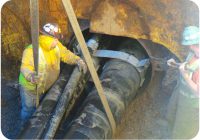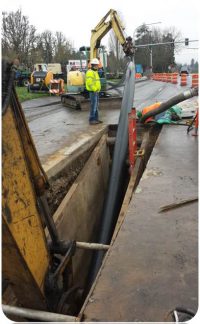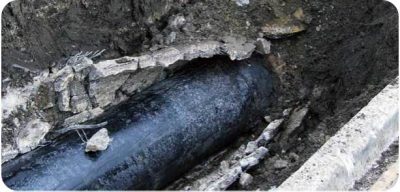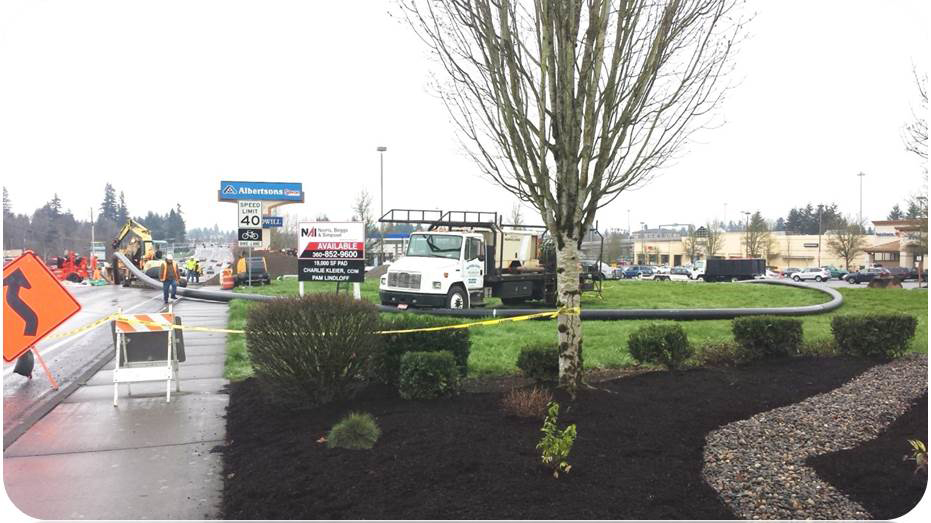Technology in Service
Using proven technologies to provide reliable service, save money and protect the environment
Proactive maintenance, restoration and replacement of sewer system infrastructure is a high priority for the District. It helps ensure we continue to provide reliable, cost-effective service to our customers while at the same time protecting the environment. Sometimes, this requires creative problem solving to manage the system in the least impactful and most cost-effective way. This is especially true when working in sensitive areas like creek and wetland corridors or in busy urban areas.
Below you can learn about some innovative technologies that have recently been used on your sewer system: ice pigging, cured-in-place pipe, and other trenchless technologies.
Benefits of Using the Right Technology
By specifying the right type of technology for each particular job, the District is able to limit disruption to surrounding areas, keep the system operating efficiently and save rate payers money.
